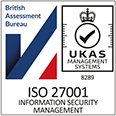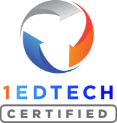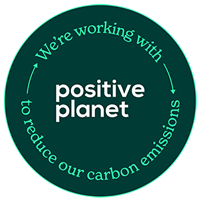How we can better prepare students for the world of work by embedding employability into the curriculum.

Webinar Details
In this Universities Accord year, and with rising expectations from students, parents, employers and governing bodies, how can institutions successfully incorporate employability into higher education?
Discover the panel discussion as we explore ways to support students who are identifying their career path. This is particularly important for students who are taking what are often referred to as ‘generalist’ courses, where the career path is not always immediately clear.
Our panellists discuss elements of effective approaches to embedding employability equitably through curricula, authentic assessment and co-curricular programs, and suggest ways to support students to recognise, evidence and articulate their transferable skill development.
Agenda
- An introduction to the principles, and key survey outcomes and resources from the latest Jisc research
- Practitioner examples that are aligned to the core principles
- Our expert contributors will discuss and respond to questions about the ways assessment and feedback are evolving in higher education.
Panel
- Professor Sally Kift, President, Australian Learning & Teaching Fellows (ALTF), Vice Chancellor’s Fellow, Victoria University, Adjunct Professor: JCU, QUT, La Trobe University
- Professor Michael Sankey, Director Learning Futures and Lead Education Architect, Charles Darwin University
- Gayle Brent, Senior Fellow Higher Education Academy (SFHEA), Learning and Teaching Consultant (Employability) Griffith Sciences | Griffith University
Key Learnings
During this webinar, we’ll discuss:
- Effective and equitable approaches for embedding employability strategies.
- The importance of empowering students to develop their professional identity by aligning their experiences, skills and capabilities with industry expectations.
- How authentic assessment methods can promote student employability by mirroring professional tasks and responsibilities.
- How students working together to solve real world issues can prepare them for the workforce.










